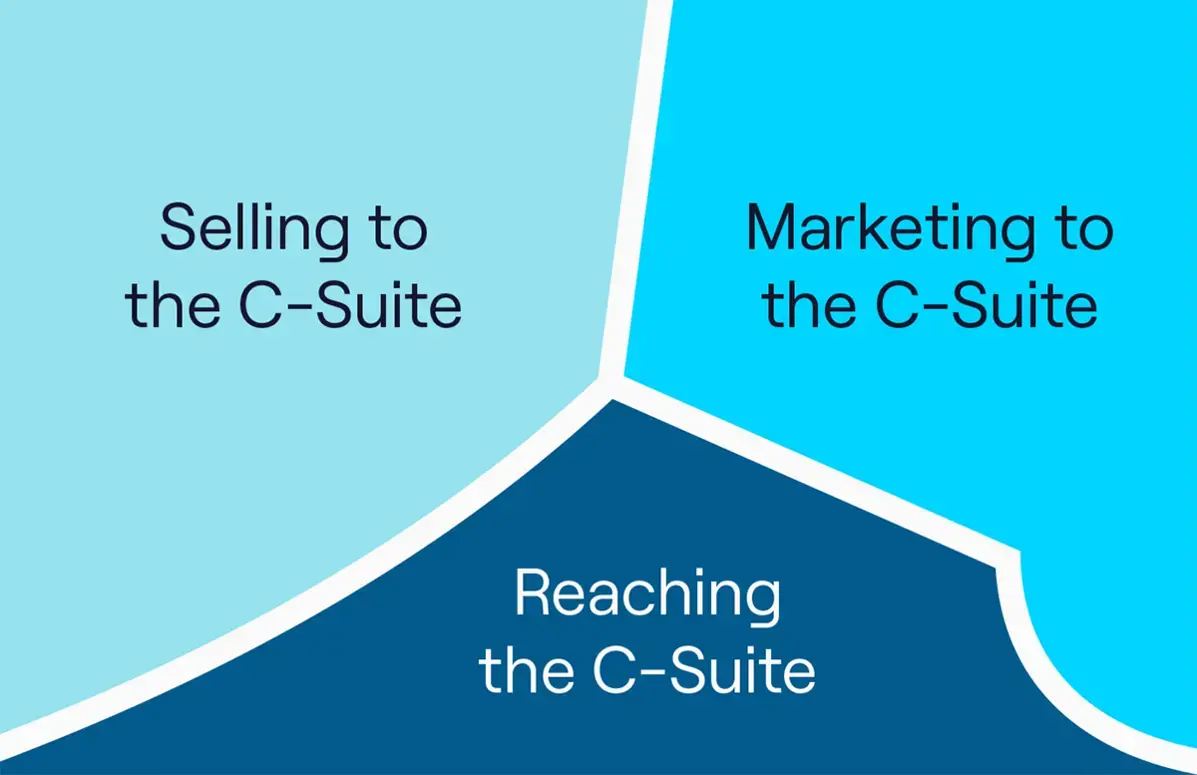80+ Must-Know Email Marketing Statistics for 2025
B2B email marketing statistics:
B2B marketers, are you aware of the latest growth drivers in email marketing?
If you want to scale your digital marketing efforts and build a steady pipeline of qualified leads, you’ll need to.
Discover the key trends with this B2B email marketing statistics list.
Read on 👇
General statistics on email marketing
- Email clients, like Gmail and Yahoo, update about every 1.2 days to stay ahead of changing privacy laws. (Litmus, 2025)
- Globally, the number of email users in 2023 was over 4 billion. By the end of 2027, it is expected that there will be over 4.8 email users. (The Radicati Group, 2023)
- The number of emails sent and received daily stands at an estimated 376.4 billion emails. That count is expected to rise to over 700 billion emails by 2027. (Statista, 2024)
- On average, 93% of people check their email every day. (Zero Bounce, 2025)
- More importantly, 42% of people check their email inboxes between three and five times daily. (Zero Bounce, 2025)
- And, 41% of people admit to checking their emails for coupons or discounts from brands. (Zero Bounce, 2025).
- Concerning communication preferences, 63% of people prefer to communicate with brands by email. (Square, 2025)
- Nearly half of email recipients (46%) say the primary reason they open all emails from a brand is because the brand sends consistent, relevant messages. (Zero Bounce, 2025)
- According to marketers, 42% of them believe email drives the best results for content distribution. (Content Marketing Institute, 2025)
- However, when it comes to the specifics of distribution, 71% of marketers prefer to use an email newsletter compared to the 63% who choose to send an email. (Content Marketing Institute, 2025)
- As a paid channel, 30% of B2B marketers collaborate with partners to promote their brand across their partners’ email lists. (Content Marketing Institute, 2025).
- Only 6% of email recipients prefer longer emails, while 67% prefer shorter ones. (Zero Bounce, 2025).
- However, 28% of email recipients say the length of an email does not matter if it is personalised (Zero Bounce, 2025).
Statistics on the success of email marketing
- In 2023, brands emailed over 23 billion promotional campaign emails. (OmniSend, 2024)
- In doing so, 77% of marketers reported a surge in email engagement. (Hubspot, 2023)
- The return on investment (ROI) for email marketing stands at an impressive $36 for every $1 spent. (Hubspot, 2023)
- In 2024, the global daily volume of sent and received emails was projected to reach 361.6 billion. In 2025, that number is expected to reach 376.4 billion emails. (Statista, 2024)
When is the best time to send emails?
- You’ll get the best results when sending B2B emails during the weekdays, especially between Tuesday and Thursday. (Salesforce, 2025)
- Weekends typically see lower open rates, with Saturdays having the lowest of any day. (Moosend, 2025)
- The best time to send emails is between 9 am and 11 am. (Salesforce, 2025)
However, if you need to email during lunch, aim to send it between 12 pm and 1 pm. (Salesforce, 2025) - If you need to email later in the day, it’s best to wait until the next day. Open rates for emails sent after 6 pm decline compared to emails sent in other timeframes. (Moosend, 2025)
Email marketing open rate statistics
- Here’s some good news: the average open rate increased from 22.9% to 25.1% in 2024. (OmniSend, 2024)
- Click-through rates have also increased, jumping from 1.2% to 1.5%. (OmniSend, 2024)
- Cold B2B emails, on average, boast an open rate of 36%. However, that number fluctuates by industry. (Focus Digital, 2024)
- Recent data suggest Thursdays tend to have a higher open rate compared to other days of the week. (Moosend, 2025)
- Emails sent on Mondays achieved an average open rate of 22.0%, whereas those sent on Sundays recorded a slightly lower open rate of 20.3%. (Mailmunch, 2023)
- Emails dispatched on Tuesdays exhibited an average click-through rate of 2.4%, surpassing the weekend email click-through rate of 2.1%. (Mailmunch, 2023)
Email subject line statistics
- Personalisation is essential, and 65% of marketers say it’s a priority to personalise the subject line. (Statista, 2024)
- Personalised subject lines encourage opens, increasing open rates by 26% (G2, 2024)
- According to research, 43% of people open an email based on the subject line alone. (Zero Bounce, 2025)
- Shorter subject lines are more likely to be read than longer subject lines. (GetResponse, 2024)
- On average, email subject lines are six words long. (Twilio 2024)
- A/B testing can help marketers nail down their subject lines. 43% of marketers say they regularly test them. (Zippia, 2023)
Email marketing ROI statistics
- 35% of companies agree that email marketing is beneficial, with promotional emails generating the highest ROI and engagement. (Litmus, 2025).
- You can expect an average return of $36 for every dollar invested in email marketing. (Litmus, 2024)
- Brands with high open rates, between 30 and 40%, allocate over 15% of their marketing dollars to email. (Litmus, 2025)
- However, only 38% of brands plan to increase their email budgets, and 10% plan to reduce them. (HubSpot, 2023)
- That said, 40% of marketers agree that email is the most effective B2B sales channel. (Hubspot, 2024)
- Segmenting campaigns proves it’s effective at reaching appropriate audiences. Research suggests that segmentation can boost revenue by over 700%. (G2, 2024)
- A quarter of marketers say email marketing nets them the highest quality leads. (HubSpot, 2024)
Video email marketing statistics
- An impressive 97% of marketers incorporate an interactive element in their email campaigns. (Litmus, 2025).
- When interactive elements, specifically images and videos, are included in an email, they perform better than emails without. (HubSpot, 2023)
- However, only 12% of marketers include a video in emails, opting to use other elements such as photos. (Litmus, 2025).
- Incorporating video in email enhances site traffic and can influence SEO results. Video users experience a 41% increase in search traffic compared to non-video users. (invideo, 2023)
- Video prospecting in emails can boost open rates by almost 20% and reduce unsubscribe rates by more than a quarter. (SuperOffice, 2023)
- 65% of executives visit a product or service’s website after viewing a video about it. (Small Business Trends, 2023)
- 71% of individuals who purchased had previously watched an online video from the same brand. (Wyzowl, 2023)
- Most video marketers, precisely 63%, use the number of video views as one of the key metrics to assess their video content’s return on investment (ROI). (Wyzowl, 2023)
Email marketing conversion statistics
- Half of B2B marketers agree that email is the most impactful marketing channel. (Emarketer, 2023)
- The average conversion rate in 6 B2B industries, including B2B tech and B2B e-commerce, is 2.53%. (Ruler Analytics, 2023)
- Automated emails have a 4X better conversion rate compared to other email types. (OmniSend, 2024)
Email marketing campaign statistics
- Only an average of 31% of marketers include email in their overall marketing strategy. (HubSpot, 2023).
- But for those that do, over half of marketers use email to promote sales. And 44% of them incorporate email into their lifecycle marketing strategy. (Litmus, 2024)
- One of the biggest challenges for email marketers is personalising their email campaigns. 20% of marketers say gathering target audience data to launch segmented campaigns is also challenging. (Litmus, 2023)
- However, nearly 90% of companies agree that email marketing is vital to their growth goals. (Litmus, 2023)
- When customer behaviour triggers email automation, these emails generate nearly 10 times more revenue than other emails. (Validity, 2024)
- With that in mind, over 60% of marketers send more emails now than ever. (Validity, 2024).
- 65% of marketers think email delivery is more challenging. (Validity, 2024)
- This could be because the average spam complaint rate doubled in 2024, reaching 0.07%. (Validity, 2024)
- Unfortunately, the average spam complaint rate for emails is 44%. (Validity, 2024)
- However, complaint rates are 40% lower on the weekend. This suggests that when recipients have more time to engage with emails, they’re less likely to mark them as spam. (Validity, 2024)
Statistics about email marketing for mobile
- It’s estimated that 7.4 billion people use a mobile device daily. (Exploding Topics, 2025)
- Nearly 60% of Millennials primarily use their mobile device to check email (Forbes, 2024)
- Almost 60% of email marketers include mobile-friendly emails in their email marketing campaigns. (Forbes, 2024)
- When sending mobile-friendly emails, companies see a 15% increase in clicks. (G2, 2024)
AI for B2B email marketing statistics
- Almost 90% of marketers expect that over three-quarters of their email marketing operations will be AI-supported by the end of 2026. (Litmus, 2025)
- 38% of marketers using AI utilise it for email writing. (HubSpot’s State of Generative AI, 2023)
- 58.3% of users express confidence in AI’s potential to enhance email newsletters. (Selzy, 2023)
- Among AI features, automatic content and image generation pique the interest of 39.7% of users, closely followed by 33.9% who prioritise personalised content and newsletters. (Selzy, 2023)
- Additionally, 38.5% of users consider AI-powered email analytics a safe and reliable tool. (Selzy, 2023)
- Sales professionals leveraging AI find it most helpful to write messages to prospects (21%) and repurpose messages for a different audience. (32%) (HubSpot’s State of Generative AI, 2023)
- Generative AI for email creation is deemed effective by 95% of marketers, with 54% rating it “very effective.” (HubSpot’s State of Generative AI, 2023).
- 43% find generative AI most helpful for creating emails. (HubSpot’s State of Generative AI, 2023)
Email automation statistics
- Just 5% of all companies are presently employing marketing automation. (Email Monday, 2023)
- Those that sent over a billion more automated emails increased their year-on-year average. (OmniSend, 2024)
- Compared to campaign emails, automated emails experienced a jump in open rates, increasing from 25.2% to 42.1%. (OmniSend, 2024)
- Click rates also increase with automated emails, increasing from 1.5% to 5.4%. (OmniSend, 2024)
- Although automated emails account for just 2% of all emails sent, they generate over 41% of email orders. (OmniSend, 2024)
- Nearly one-third of email recipients who open automated emails make a purchase. (OmniSend, 2024).
- 35% of marketers want to send more automated emails in the future. (Litmus, 2023)
B2B email marketing statistics: key takeaways
These B2B marketing email statistics show that segmentation, personalisation, automation campaigns, and AI-powered features lead to increased revenue when appropriately used.
Additionally, mobile-friendly emails are becoming increasingly popular among marketers.
Better email marketing with Cognism
Reach the right prospects and achieve successful email marketing statistics with Cognism!
Speak to a data expert today to see how a verified email database can help you improve deliverability, lower bounce rates, and get ahead of your competitors, just like it did for Plandek.
They saw results of a 95% email deliverability rate and a 52% increase in conversion rates!

Head of Marketing @Plandek

Click to book a call 👇
/CTAs%20(SEO)/Email-CTA-Webp.webp?width=1434&height=550&name=Email-CTA-Webp.webp)


